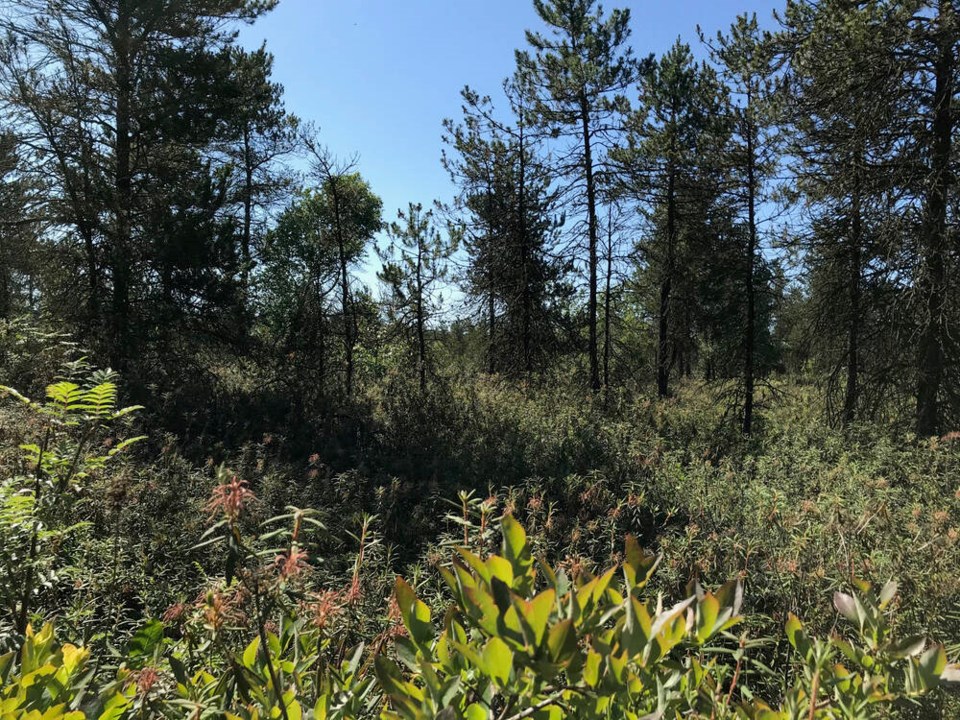Climate change may be having an impact on trees in the Delta Nature Reserve.
That’s according to a recent report to council by Fire Chief Guy McKintuck on the city’s fuel management and wildfire mitigation program, part of the Community Wildfire Protection Plan to reduce the risk of wildland-urban interface area wildfires. It’s a plan undertaken in conjunction with Delta Fire and Emergency Services.
The plan contains elements of community wildfire protection including communication and education, structure protection, training, emergency response and vegetation management.
One of the priorities was to develop a fuel management plan for Delta, involving removing vegetation that can fuel wildfires, such as dead branches on the ground, smaller coniferous trees, and lower branches of coniferous trees.
Hazard trees are also removed to protect workers and park users. The fuel is removed from the site, but wildlife habitat features are left in place such as logs and standing dead trees.
With grant funding from the Union of British Columbia Municipalities (UBCM), Delta’s fuel management prescription was completed in for eight priority parcels in Burns Bog and Watershed Park.
One of the parcels in Burns Bog was identified as the highest priority site for treatment, an area surrounding Delta’s communications tower on 72nd Street, which is critical infrastructure for the city’s daily operations.
A previous report explaining the plan noted that the work to be undertaken included, among other things, removing approximately half the pine trees in the treatment area, specifically pines of a certain stem diameter, and removing all hemlock and birch trees.
In 2022, a 20-metre buffer around the communications tower and access road was treated.
One of the projects this year is for additional treatment around the tower in Burns Bog.
Meanwhile, the fuel management plan will be updated for the Delta Nature Reserve portion of Burns Bog this year. The only part of the bog where public access is allowed, its located adjacent to the protected bog conservancy area.
The latest report notes that, although the current prescription is only a few years old, there have been significant changes to the forest stand in the park recently, specifically decline and mortality of hemlock and cedar trees.
“These changes may be related to extreme weather associated with climate change, such as heat domes and flooding events, and tree health issues that arise from these stresses, including rot, insects and diseases. One positive outcome of tree loss in the Delta Nature Reserve is the potential for Sphagnum mosses to colonize and expand in coverage, which can provide important carbon sequestration benefits and help restore the natural bog ecosystem,” the report explains.
The report adds that staff will continue to apply for future UBCM grants to fund the next phases of the fuel management work in Burns Bog and Watershed Park, as well as funding from additional sources.
A previous report noted that the estimated cost to complete last year’s work at Burns Bog was more than anticipated, at over $280,000, greatly exceeding the UBCM grant funding of $50,000.
The higher costs were due to challenging conditions at the site, according to staff.



